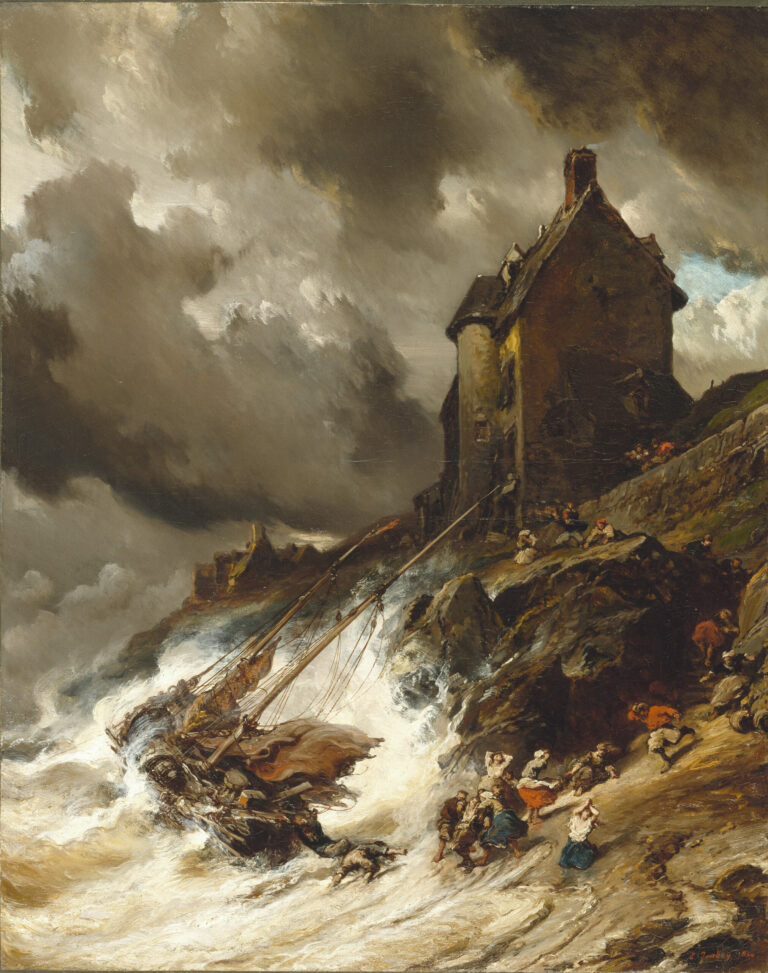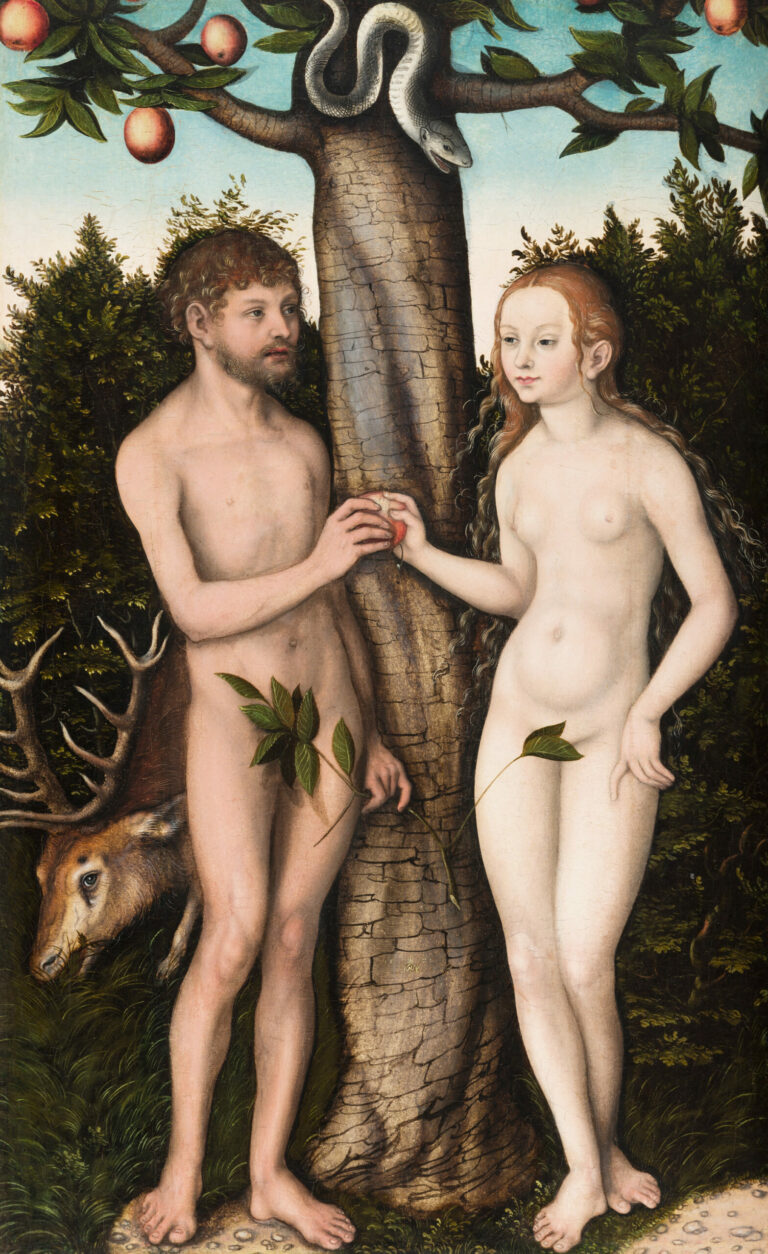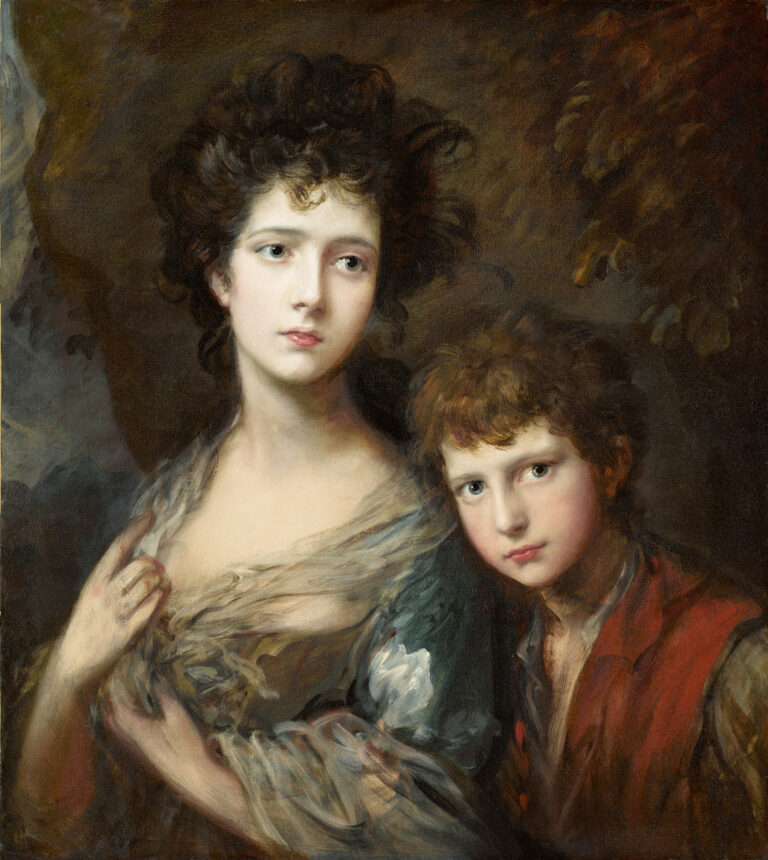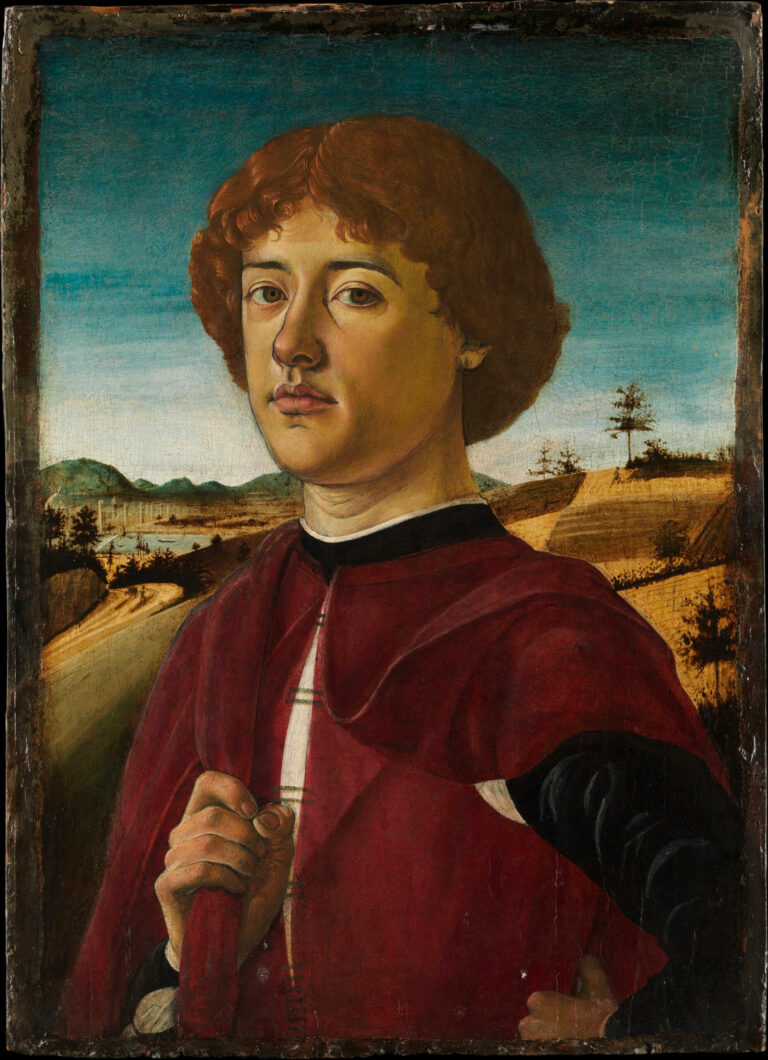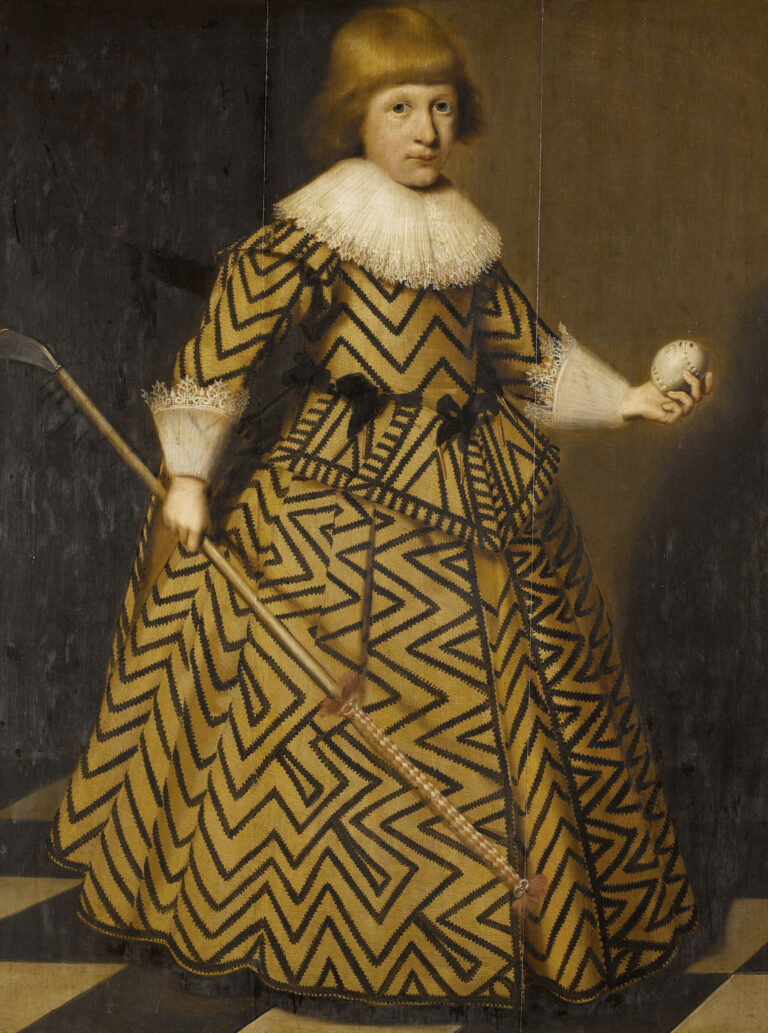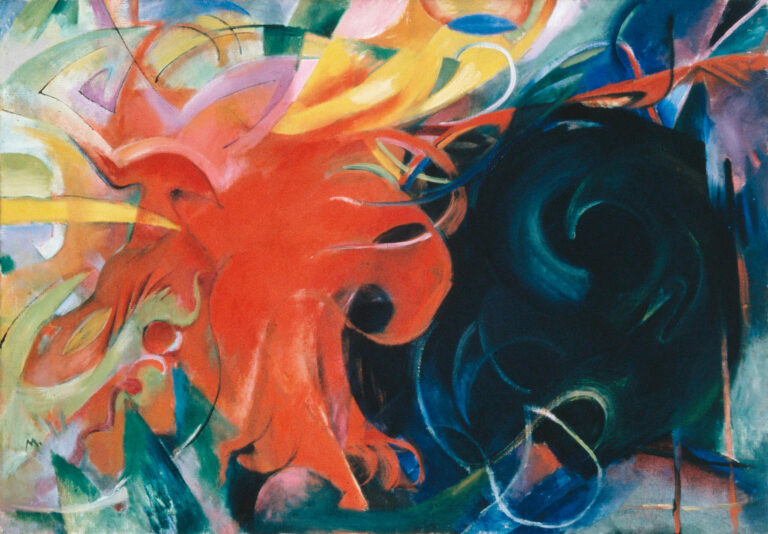
Landscape at Saint-Charles, near Gisors, Sunset (1891) by Camille Pissarro bears witness to the artist’s Neo-Impressionist experimentation in the late 1880s.
This work reveals Pissarro’s personal adaptation of the Divisionist technique developed by Seurat and Signac. Rather than rigorously applying the Pointillist method with minute touches, he opts for slightly broader brushstrokes that preserve the spontaneity of his style. The golden light of sunset bathes this Norman rural landscape in a vaporous and poetic atmosphere. Warm tones—ochres, golds, pinks—blend with blues and greens in a subtle chromatic harmony. This modified technique captures the fleeting luminous variations of the countryside with renewed optical precision. The work perfectly illustrates Pissarro’s transitional period, during which he maintained his Impressionist sensibility.
Further information
- Camille Pissarro, Landscape at Saint-Charles, near Gisors, Sunset, 1891, oil on canvas. Clark Art Institute, 1955.524
- 81 x 65 cm (31 7/8 x 25 9/16 in.)
- https://www.clarkart.edu/ArtPiece/Detail/Landscape-at-Saint-Charles,-near-Gisors,-Sunset
Camille Pissarro (1830-1903) remains one of the guiding figures of French Impressionism. Born in the Danish West Indies, he settled permanently in France in 1855 and quickly became the patriarch of the Impressionist movement. The only painter to participate in all eight group exhibitions between 1874 and 1886, he embodied the continuity and cohesion of the movement. His stylistic evolution reflects the major artistic transformations of his era: initially influenced by Corot and the Barbizon School, he developed the Impressionist technique alongside Monet and Renoir, before briefly experimenting with Neo-Impressionism from 1885 to 1890. Settled in Éragny and later in the Gisors region, he tirelessly painted Norman rural landscapes, developing a pantheistic vision of nature that profoundly influenced Cézanne and the Post-Impressionists.

